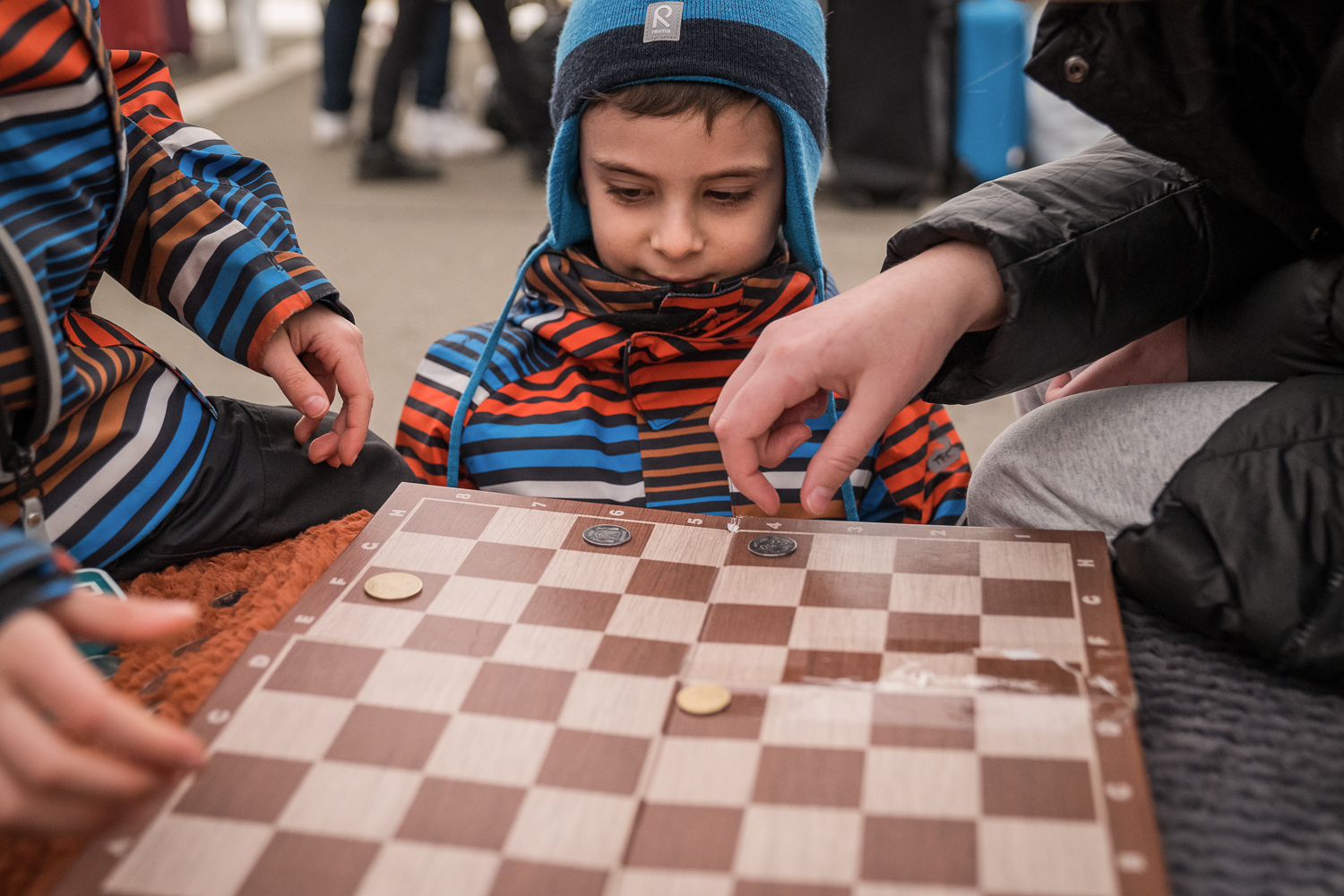
Funding needed urgently for all of Nepal’s children to go back to school
Education in emergencies
This article was first published on The World Post.
The little red sticker posted to buildings paints a thousand words but only one of those words matter: Condemned.
Strewn across earthquake-hit Nepal, school buildings are being assessed for structural damage. And like so many things the world over, the colours red and green are used as indicators. A green sticker on the outside of the school signals it has passed all safety checks; red indicates serious structural damage and an inability to reopen.
Depending on where they live in the region, children’s futures are now hanging in the balance and the numbers are horrendous.
One month after April’s disaster, which took the lives of 8000 people, nearly one million Nepalese girls and boys are at grave risk – homeless, on the streets and still not at school.
It is good news that, this week, many schools have reopened in the country but as monsoon season fast approaches, hundreds of buildings and thousands of classrooms remain closed. Children are unable to study or even be protected from gangs of child traffickers intent on selling them on to India for little more than $500.
More than 50% of Katmandu schools have been given the red sticker, after preliminary visual assessments. And child-friendly spaces have been established but, as yet, they are only reaching about 109,000 children – just 10% of those in dire need.
Workers build a temporary school in Kathmandu
Given the current pace of assessment, it will take many months to complete the construction of temporary learning centres and then to rebuild all of the damaged classrooms.
According to the Department of Education, a total of 32,145 classrooms were destroyed and 15,352 damaged in 42 districts covering around 8000 schools in the worst-hit districts of Gorkha, Sindhupalchok and Nuwakot. It is estimated that more than 90% of schools were destroyed there.
While some have been temporarily rebuilt, BBC reports say this has been done only with bamboo, wood and tarpaulin. Much reconstruction work has still to be done. Nepal authorities estimate 999,000 children aged three to 18 years will be unable to return to their classrooms, even when classes have officially resumed.
One reason is that funding has been slow to materialise. Even one month on, food and shelter for those homeless are in short supply and Nepal’s government has called for more direct aid funding.
But during a video conference with the Nepalese education minister, it became clear to me that getting the funding for education faces the biggest hurdles. The education sector flash appeal for $21 million still lacks half of the funding needed.
And that means more children at risk. Just a few days ago, Nepal state radio was broadcasting warnings to children and parents that child traffickers were exploiting the earthquake’s fallout – with thousands of homeless children on the streets – plying their already vile and lucrative trade of lifting them from their communities and selling them into India. This serious threat is yet one more reason why it is imperative to get children back into school.
Nepal already had a serious shortage of secondary school pupils, according to UNICEF. The country had made huge progress in primary education before the earthquake but the high school dropout rate was becoming a major concern. In total, about 1.2 million Nepalese children between the ages of five and 16 have never attended school.
Teachers stand among the rubble of destroyed Chaturmala Higher Secondary School in Muchowk Picture: UNICEF/Panday
Now the earthquake has set back whatever progress has been made over the past decade and lays bare the need to deliver the opportunity of secondary education to teenagers.
To deal with the current crisis, the government is planning to open 15,000 temporary learning centres, according to the Asian Development Bank. Education ministry official Lavadeo Awasthi has announced that the temporary classroom structures “will have to do for the next two years, in which time the buildings should be restored”.
News reports say that many children will be attending lessons in classrooms built on school playing fields or in the green-sticker buildings marked “safe” after inspections.
And while the United Nations has distributed educational kits, which include puzzles and picture books aimed at having an impact on children’s psychology, the need to return to a full education programme is critical.
Ultimately, we need to devise a strategy that delivers humanitarian aid for education in emergencies. By the end of this year, we hope to establish a fund that will allow us to act quickly without having to send the begging bowl around, whenever a crisis emerges.
In the short term, I will be convening a meeting through the United Nations to bring together potential donors to enable them to provide aid to both rebuild schools and retrofit them so we can avoid the huge damage done where there is no retrofitting.
When those red stickers indicate something is “condemned,” it should mean the building, not the future of a girl or a boy.
More news

